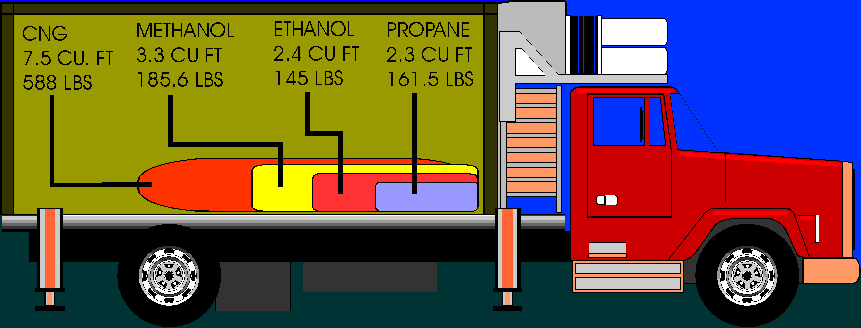Methanol Supplier Distributor Manufacture in vizag Visakhapatnam in india
Methanol, also known as methyl alcohol among others, is a chemical with the formula CH3OH (often abbreviated MeOH). Methanol acquired the name wood alcohol because it was once produced chiefly as a byproduct of the destructive distillation of wood. Today, industrial methanol is produced in a catalytic process directly from carbon monoxide, carbon dioxide, and hydrogen.
Methanol is the simplest alcohol, being only a methyl group linked to a hydroxyl group. It is a light, volatile, colorless, flammable liquid with a distinctive odor very similar to that of ethanol (drinking alcohol). However, unlike ethanol, methanol is highly toxic and unfit for consumption. At room temperature, it is a polar liquid. It is used as an antifreeze, solvent, fuel, and as a denaturant for ethanol. It is also used for producing biodiesel by transesterification reaction.
Methanol is produced naturally in the anaerobic metabolism of many varieties of bacteria and is commonly present in small amounts in the environment. As a result, the atmosphere contains a small amount of methanol vapor. However, in only a few days, atmospheric methanol is oxidized by sunlight to produce carbon dioxide and water.
ethanol is used primarily as a feedstock for the manufacture of chemicals, and as a fuel for specialized vehicles. As mentioned above, it is a common denaturing agent. As a common laboratory solvent, methanol is especially useful for HPLC, UV/VIS spectroscopy, and LCMS due to its low UV cutoff.
Use Chemical industry
Methanol is primarily used in making other chemicals. About 40% of methanol is converted to formaldehyde, and from there into products as diverse as plastics, plywood, paints, explosives, and permanent press textiles.
Other chemical derivatives of methanol include acetic acid and dimethyl ether (DME), the latter of which has replaced chlorofluorocarbons as an aerosol spray propellant. Dimethyl ether can also be blended with liquified petroleum gas (LPG) for home heating and cooking, and can be used as a replacement for transportation diesel fuel.
Of high interest to the petrochemical marketplace, methanol is an important ingredient in new and lower-cost methods for producing propylene, which is much in demand. Such methods include methanol-to-olefins (MTO), methanol-to-propylene (MTO/MTP), metathesis, propane dehydrogenation (PDH), high severity FCC, and olefins cracking.
The market for propynyl became tight when the ethane prices fell in the US with the exploration of shale gas reserves. The low priced ethylene produced from this raw material has given chemical producers in North America a feedstock advantage. Such change has put naphtha-fed steam crackers at a disadvantageous position, with many of them shutting down or revamping to use ethane as feedstock. Nevertheless, the propylene output rates from ethane-fed crackers are negligible.[30]
Fuel for vehicles
Methanol fuel and methanol economy
Methanol is occasionally used to fuel internal combustion engines. Pure methanol is required by rule to be used in Champcars, Monster Trucks, USAC sprint cars (as well as midgets, modifieds, etc.), and other dirt track series, such as World of Outlaws, and Motorcycle Speedway, mainly because, in the event of an accident, methanol does not produce an opaque cloud of smoke. Since the late 1940s, Methanol is also used as the primary fuel ingredient in the powerplants for radio control, control line, free flight airplanes, cars and trucks; such engines use a platinum filament glow plug that ignites the methanol vapor through a catalytic reaction. Drag racers, mud racers, and heavily modified tractor pullers also use methanol as the primary fuel source.


Leave a comment